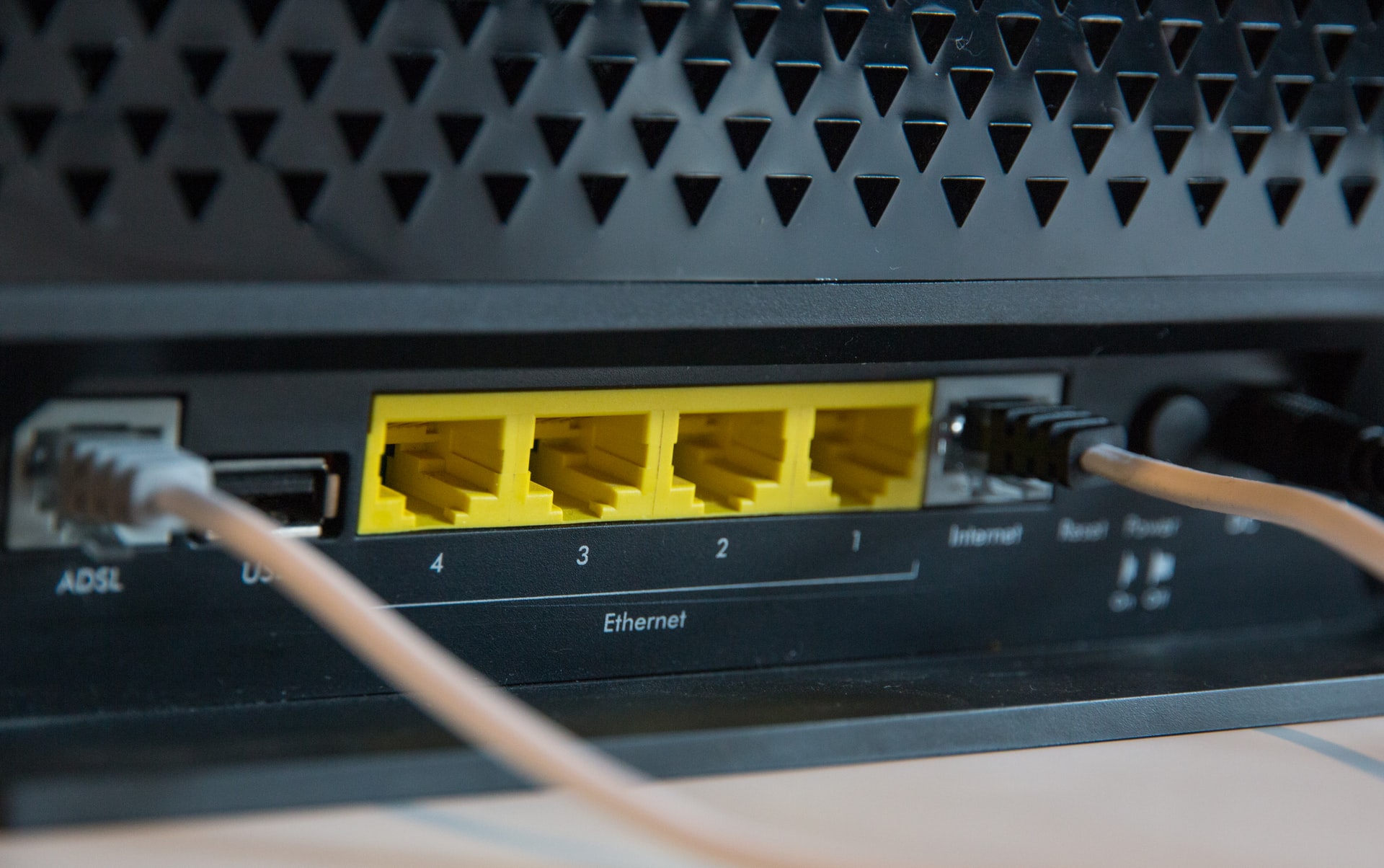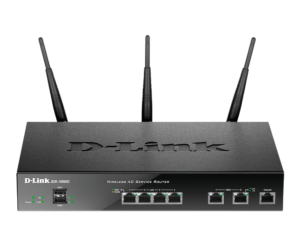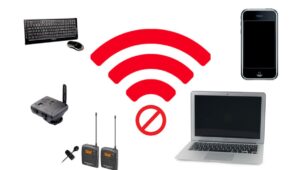VPN Router vs. VPN on Device
Before we get into the meat of the matter, let’s look at what a VPN can accomplish for you. A VPN, or Virtual Private Network, is a network correspondence and data transfer innovation intended to offer secure network correspondence and data transfer. In a private organization, it’s ordinarily between two peers or a singular PC and a server. The VPN service connects customers to their private network by creating a tunnel via an unsecured network.
Because of this, there are two techniques for utilizing a VPN. You can set up the help on your router or install it on your gadget. A virtual private network (VPN) router is a WiFi router that has VPN software installed on it. All internet data sent or received through your WiFi network is encrypted by the VPN router. This means you may protect all of your devices simultaneously without having to install a VPN client on each one. When you use a VPN on your computer or smartphone, only that device’s traffic is encrypted. A router VPN, then again, encodes all of your WiFi organization’s internet-based traffic.
That takes us to the issue of the article: Which is the best? Is it better to use a VPN on a device or a router? There isn’t an easy answer to this. Each has its own set of benefits and drawbacks.
Advantages of a VPN Router
1. Connect All Your Devices
To use a VPN’s services, it must be installed on the device. If you have a lot of gadgets in your house, this might be tedious. Setting up a VPN on your network is a simple way to avoid this. As a result, the VPN will filter the entire Wi-Fi network. The connected device will be automatically secured by the virtual network.
2. Enhanced Security
From a security standpoint, updating your router is an intelligent thing. Authorities and criminals have used router vulnerabilities to eavesdrop on people or obtain sensitive data in some instances. If you use a VPN router, your VPN will be available to all devices connected to the router’s WiFi. If you have visitors or want to utilize multiple devices simultaneously, your traffic will be safeguarded by default.
3. 24*7 Connection
On a smartphone, laptop, or desktop, you must manually activate a VPN. Each time you want to connect to a VPN, you must do this. However, by just configuring your router with a VPN, you can eliminate this problem. It’s a one-time thing to do. You won’t have to switch it on again because it’ll be on all the time.
Disadvantages of a VPN Router
1. Bandwidth & Speed
The first disadvantage to consider with VPN routers is that when more devices are connected to them, they get slower. While each device will benefit from encrypted connectivity, it will likewise take more time to stack than every gadget utilizes its VPN. This implies you’ll give up a portion of your speed for each device you join your home network. It’s easy to understand how this could be a turnoff for many people, particularly those who want high-speed internet.
2. The Setup Might Be Complicated
Setting up a VPN router is a time-consuming task. This may be challenging for you if you’re a new user. Most VPN providers, on the other hand, include a step-by-step installation guide to assist their customers. Many of them even offer live chat help 24 hours a day, seven days a week. While there is sufficient assistance for installation, if you still believe you are unable to do it, you can hire an expert or get a pre-configured router.
How to Set up a VPN on a Router
Step 1: Assemble crucial VPN components.
A VPN client, a VPN server, and a VPN router are all required to get started. A VPN router is required to protect and encrypt all network communication. Many routers include VPN clients.
Step 2: Install VPN clients.
Installing clients from your VPN provider is the easiest method to get started with your VPN. On your VPN provider’s website, look for a “downloads” page.
Step 3: Look for an installation guide.
If your VPN provider does not offer software for the devices your company uses, look for manual setup instructions on the provider’s website.
Step 4: Log in to the VPN.
After you’ve installed the VPN client apps, you’ll need to input your login credentials. In most cases, the username and password are the same as when you signed up for the VPN, while other firms require you to create a new login for the VPN client. Once you’ve logged in, the VPN app will most likely connect you to the server that is closest to your current location.
Step 5: Select VPN protocols.
Data routing between your machine and the VPN server is determined by VPN protocols. Some protocols aid in data privacy and security, while others aid in increasing speed.
Step 6: Troubleshoot
In most cases, your VPN provider’s client will begin operating immediately. If that isn’t the case, try the following steps:
- Try restarting your device after shutting down and reopening the client.
- Make sure you’re not linked to any other VPN software before shutting it down.
Step 7: Make any necessary adjustments to the connection.
It’s time to make enhancements now that you’ve gotten the basics out of the way. Make sure the VPN settings you’ve chosen are appropriate for your needs.
Conclusion
Which of the two should you choose? That is dependent on what you want your VPN to accomplish for you. The router solution would be the way to go if you require continual, automated VPN security for all of your devices at once — or, on the other hand, in the event that you want to interface devices that aren’t typically compatible with VPN software. However, if you like the flexibility and overall ease of use VPN apps provide, then that is the way to go.







